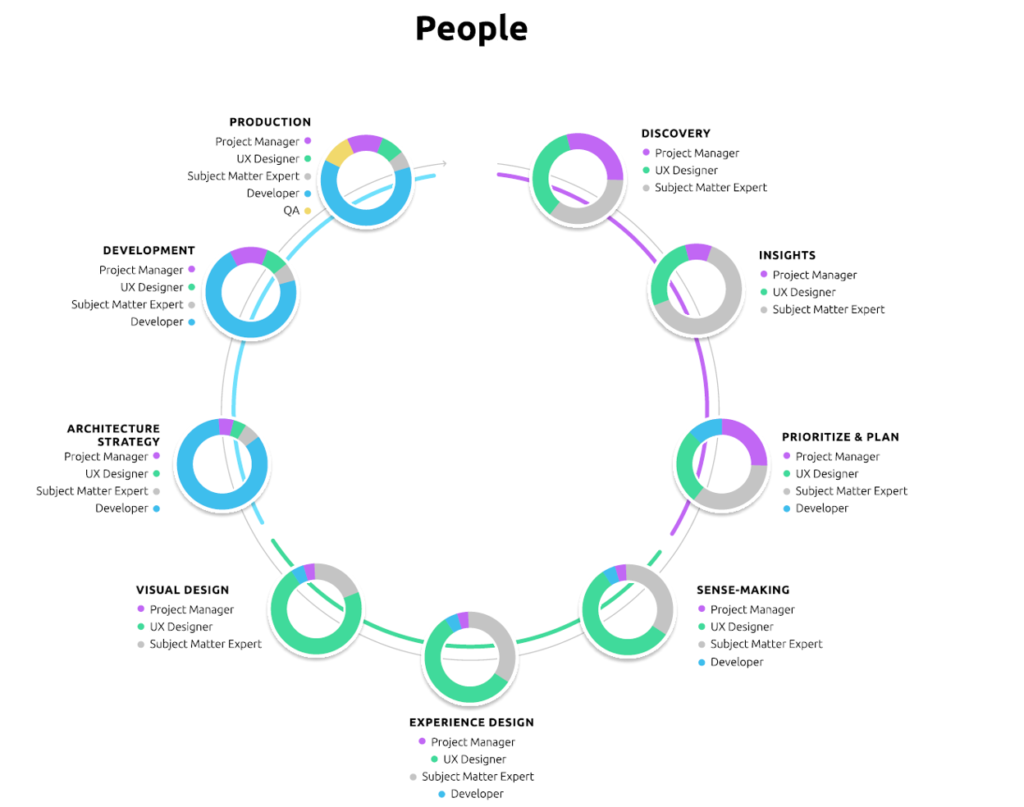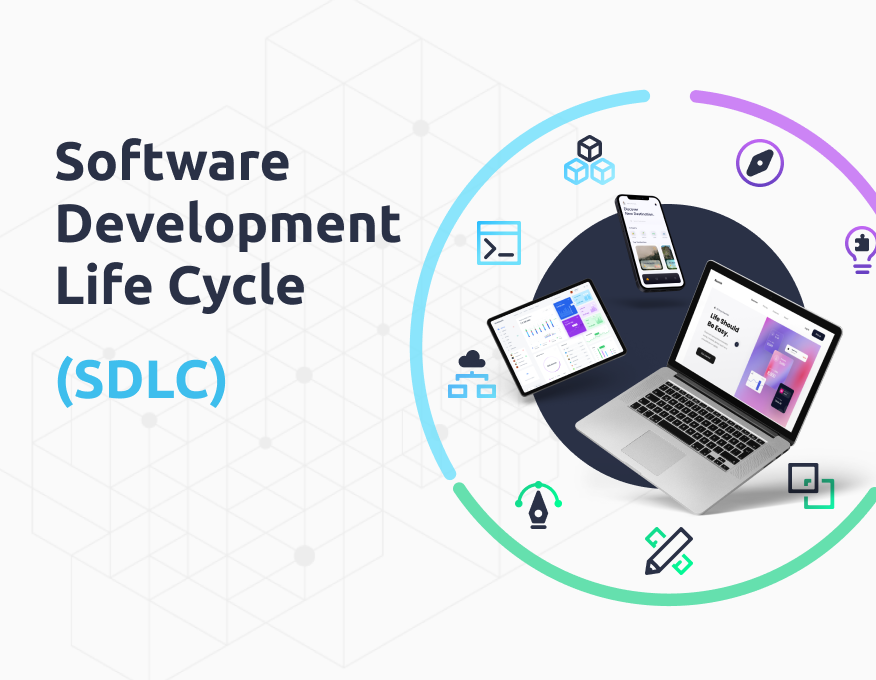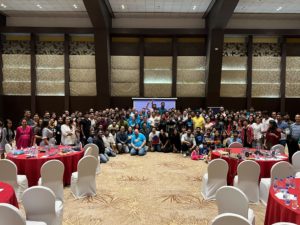Plotting and adhering to a software development lifecycle can help boost development speed and reduce wasteful expenses.
What is the software development lifecycle (SDLC)?
It refers to a step-by-step framework for developing high-quality software in the shortest time possible. It details how to plan, deploy, and maintain software while promoting quality and keeping costs down.
The Steps in the Software Development Lifecycle
The SDLC framework involves multiple steps or stages. Each one describes a set of activities and deliverables needed to move on to the next step.

Discovery
The main purpose of this step is to get to know the end user. By focusing on them, you clarify the vision and purpose of the project, set appropriate goals, and understand the project’s scope.
Insights
This is an information-gathering step to help you determine your next plans. Insights can come from many sources like reviews, surveys, research, and other data.
Prioritize & Plan
Here, project leaders will evaluate the software requirements and determine what activities need to be performed. They’ll also set a timeframe for the project’s completion.
Sense-Making
Once plans are made, software developers and UX designers work with experts to make sense of the user’s objectives, business goals, and what it will take to design the program.
Experience Design
Experience design aims to create intuitive interactions, drive a specific behavior, or elicit an emotional response. In this step, developers design how the software functions.
Visual Design
Visual design is the strategic use of images, fonts, colors, buttons, and other elements. It’s meant to engage users and enhance their experience.
Architecture Strategy
Architecture strategy describes how the new software’s components interact with each other. It lays out the roadmap for integrating each of those components.
Development
This is the actual writing of the software. Depending on the project’s scope, development can be handled by an individual or multiple teams of experts.
Production
Testing occurs at this stage of the process. If the project meets expectations, then it can be deployed.
Who Are the People Involved in SDLC?
There are multiple people involved with every step of the software development lifecycle. Each role has its responsibilities:
- Project Manager: Determines the project’s scope and oversees the development team
- UX Designer: Designs how the software should work, look, and feel to use
- Subject Matter Expert: Provides insights for planning and development
- Developers: Write the actual code during software development
- QA: Aids in testing and quality control for the new software

Why Is the Software Development Lifecycle Important?
The SDLC provides a standardized framework that makes planning and tracking a project easier. It’s also important for these reasons:
- Helps define the roles and activities involved with each step of the development process
- Speeds up the software development process, allowing you to get your product to market faster
- Makes planning, scheduling, and tracking a project much easier
- Increases visibility and accountability between developers and stakeholders
In using the SDLC, you reduce the risks and expenses normally associated with other development strategies and methods
Learn More About Custom Software Development
Knowing what the software development lifecycle is can help you attain quick and powerful results. With expertise in custom software development and UX design, Tech9 can help you out.
Reach out to our team of experts to learn about the SDLC and more.






